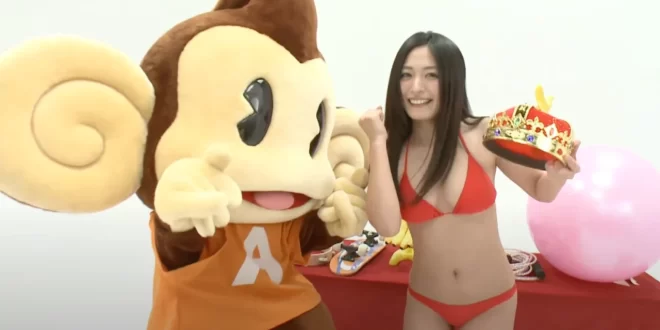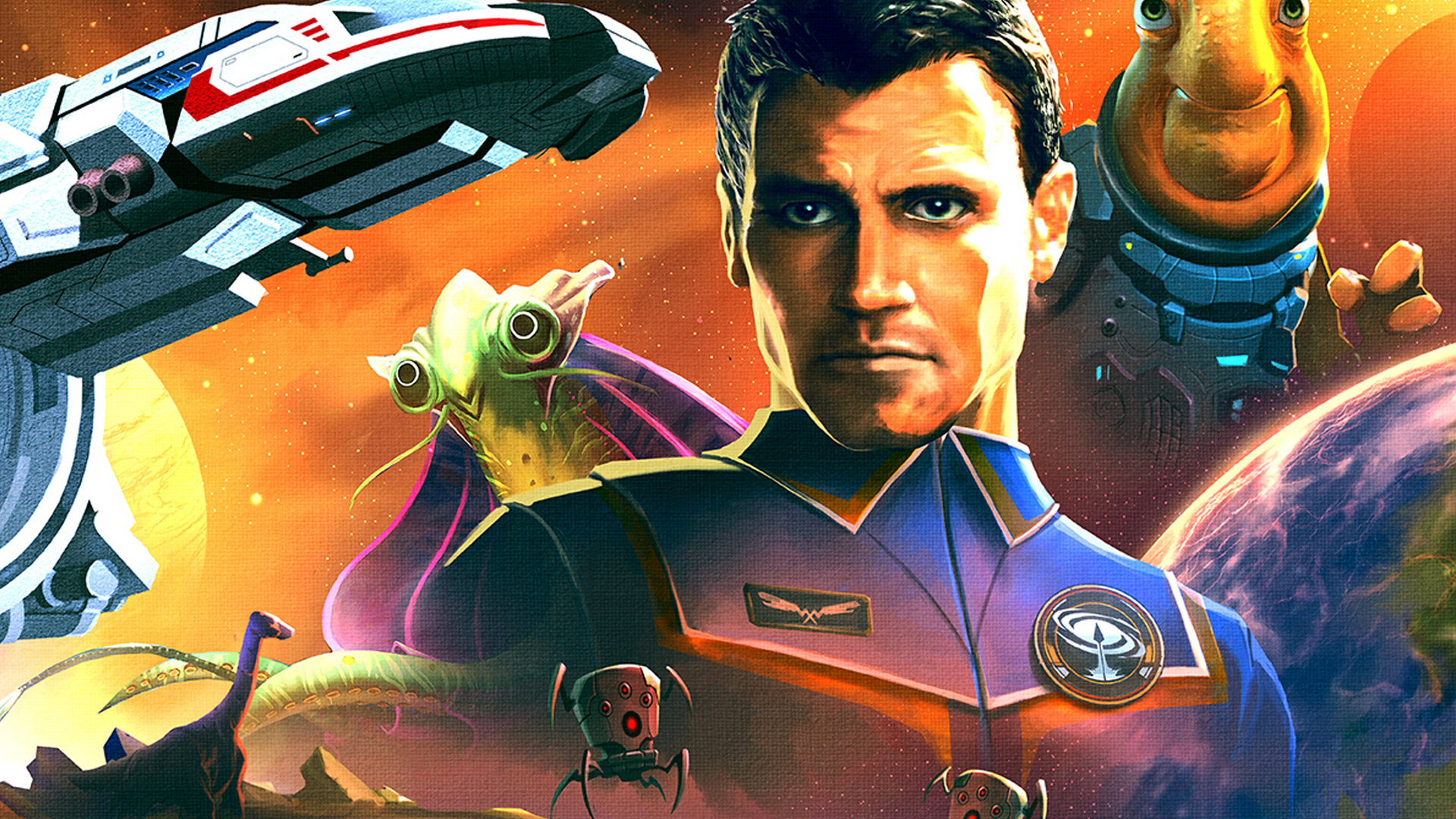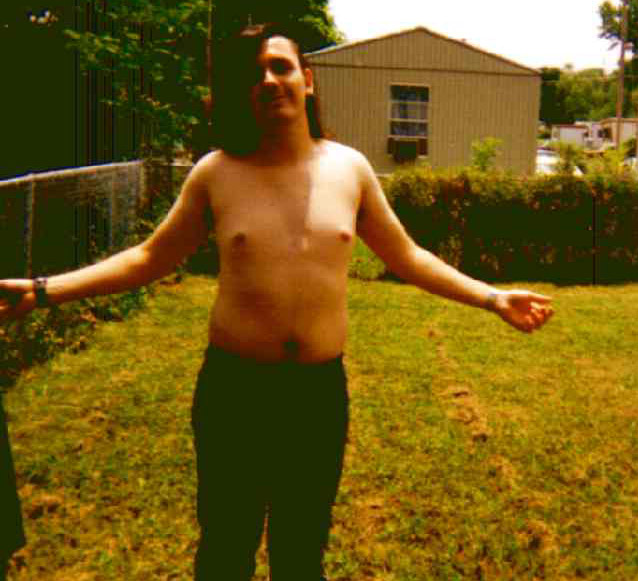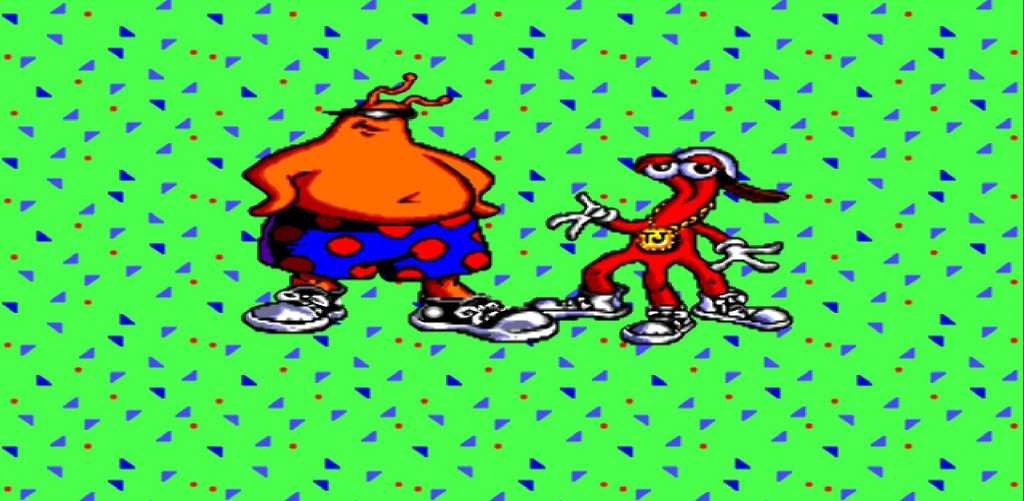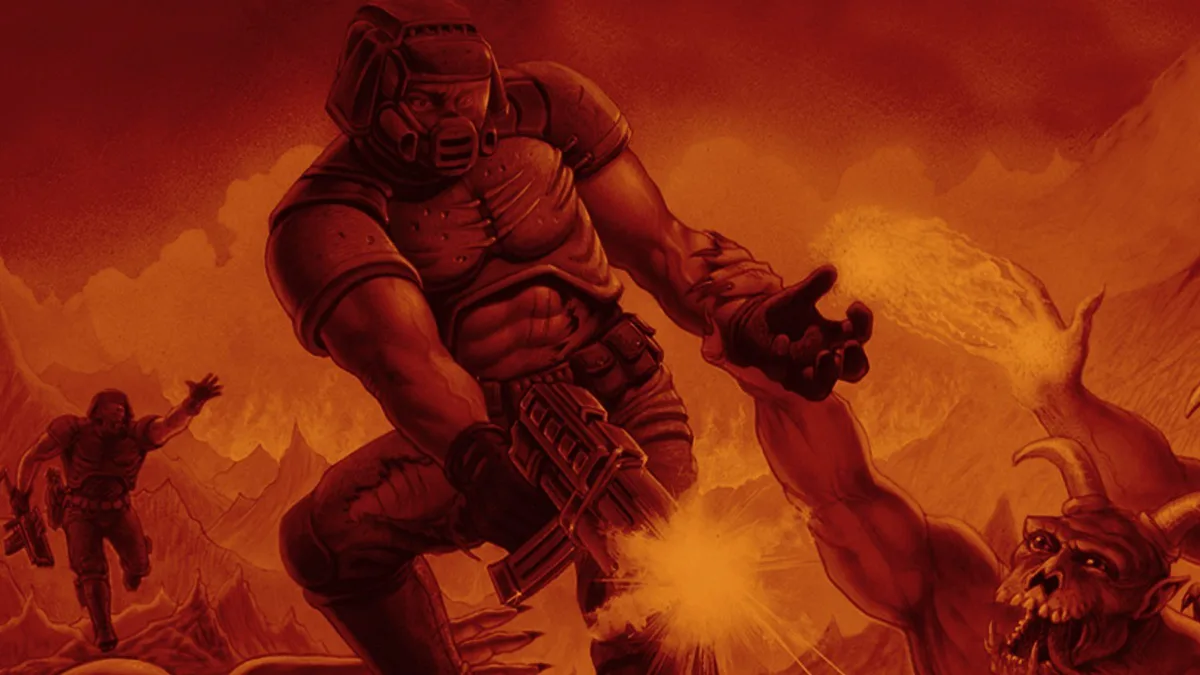Unveiling the Controversy: The Quest for Super Monkey Ball’s Lost “Adult” Levels
Super Monkey Ball, a long-standing franchise known for its family-friendly puzzle-platforming gameplay, took an unexpected turn in 2012 with the release of “Super Monkey Ball: Banana Splitz” for the PS Vita. The game, which usually catered to a younger audience, suddenly found itself in the midst of a controversy due to a set of levels featuring adult-oriented content.
(HEY YOU!! We hope you enjoy! We try not to run ads. So basically, this is a very expensive hobby running this site. Please consider joining us for updates, forums, and more. Network w/ us to make some cash or friends while retro gaming, and you can win some free retro games for posting. Okay, carry on 👍)
Sega’s “Banana Splitz” iteration included a peculiar feature that allowed players to create new stages using the PS Vita’s camera to capture real-world objects. This functionality was highlighted with a downloadable content (DLC) in Japan, promoting the gravure idol Yukie Kawamura. A promotional DLC code enabled stages where Kawamura’s image, particularly a suggestive photo of her breasts, became part of the course layout.
The inclusion of these risqué levels was exclusive to Japan, leading to the game receiving a ‘C’ age rating from CERO, suggesting it was suitable for players aged 15 and up. This was a departure from the typical ‘A’ rating that other games in the Monkey Ball series received in the region. As a result, the levels acquired an infamous status among fans and collectors, raising questions about the appropriateness and the preservation of such content.
Fast forward to 2024, and the gaming community is witnessing what can only be described as a digital archaeological quest. Jon Cartwright, a presenter for Good Vibes Gaming and a former Hookshot Media staffer, has taken it upon himself to locate and preserve these elusive levels. Cartwright’s call to action has been clear: if anyone still has the data on their console, steps should be taken to archive it for posterity.
I need your help to find a very important piece of Monkey Ball history
In Japan some copies of Banana Splitz came with a code for a level based on model Yukie Kawamura – as in actually based on her
I can't find an archive so if you have it – archive it! pic.twitter.com/q11YYIRF6D
— Jon Cartwright (@JonComms) February 10, 2024
Cartwright’s mission has been met with mixed reactions, with some gaming enthusiasts viewing the preservation efforts as a necessary part of maintaining the full historical context of gaming. Others, have expressed a more humorous skepticism, questioning whether this particular slice of video game history is worth preserving.
Despite the controversy, “Super Monkey Ball: Banana Splitz” was generally well-received for its content-rich gameplay, even though critics pointed out the long load times and cumbersome menus that marred the experience. Push Square, reflecting on the game in 2012, acknowledged the original Monkey Ball’s superior quality but still recommended the Vita title for fans.
The debate surrounding these “adult” levels of Super Monkey Ball highlights the broader conversation within the gaming community about the value of game preservation, even when it involves content that some may find objectionable. As the digital age continues to evolve, so too does the discussion about what deserves a place in our virtual museums.
Regardless of where one stands on the issue of game preservation, the story of Super Monkey Ball’s lost “adult” levels serves as a fascinating chapter in the history of a beloved gaming franchise. It’s a reminder that even the most unassuming games can become the center of a complex narrative about culture, nostalgia, and the ethics of digital conservation.
 Retro Replay Retro Replay gaming reviews, news, emulation, geek stuff and more!
Retro Replay Retro Replay gaming reviews, news, emulation, geek stuff and more!
